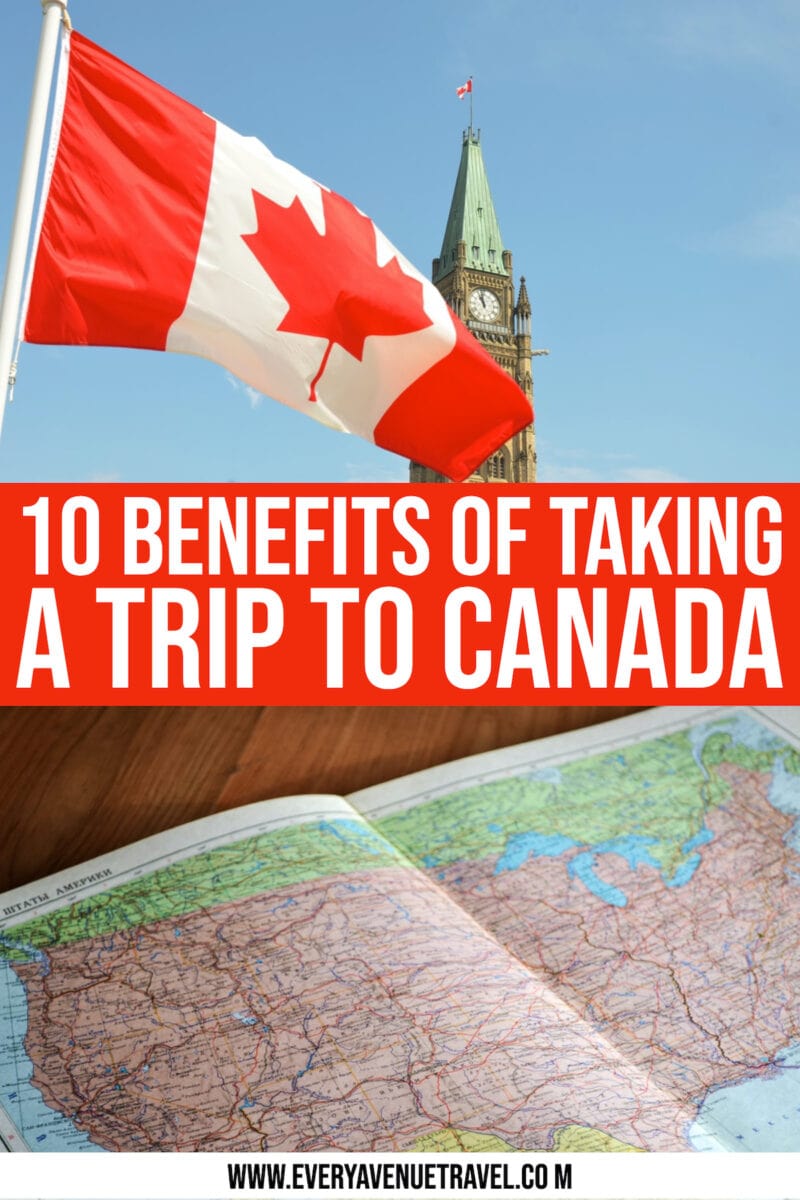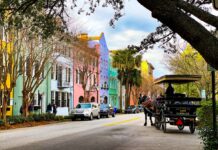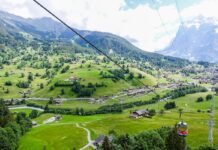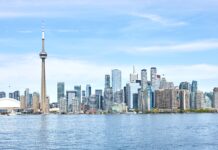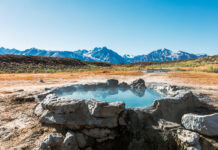International trips can provide perspective, satisfy curiosity, serve as reminders to be flexible and take things slow, and help you better appreciate what you have at home. One international trip that does not require flying over an ocean and that may be within driving distance (or a short flight) for many Americans is a trip to Canada. Canada and the USA share the longest international border in the world, with a border neighboring 10 States. The neighboring States include Washington, Idaho, Montana, North Dakota, Minnesota, Michigan, New York, Vermont, New Hampshire, and Maine.
Table of Contents
What a trip to Canada can teach you and your family
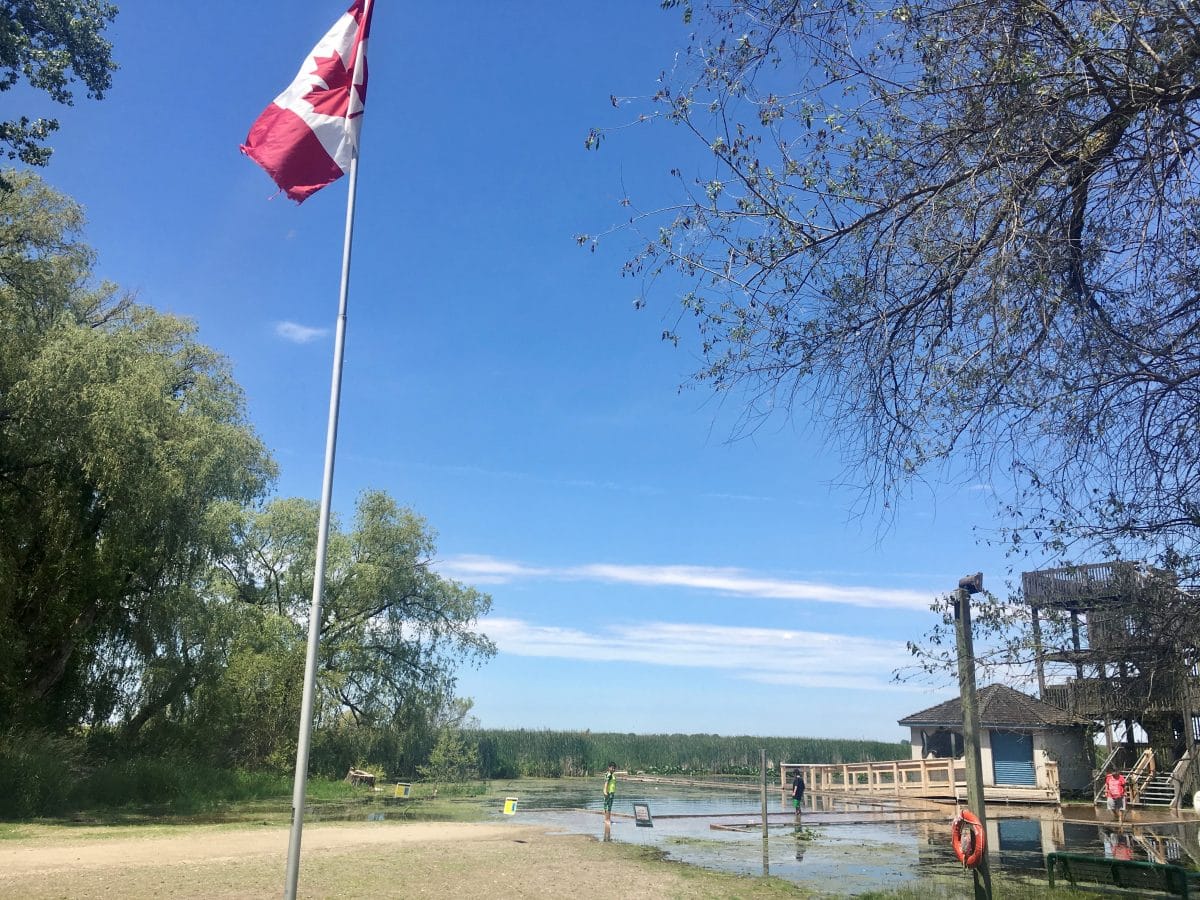
Whether you fly or drive, a trip to Canada provides great exposure to international experience. A trip to Canada can teach you and your family about international currency and exchange rates, different measurements, the use of passports and the process of immigration, and many more things. Let’s dive into some.
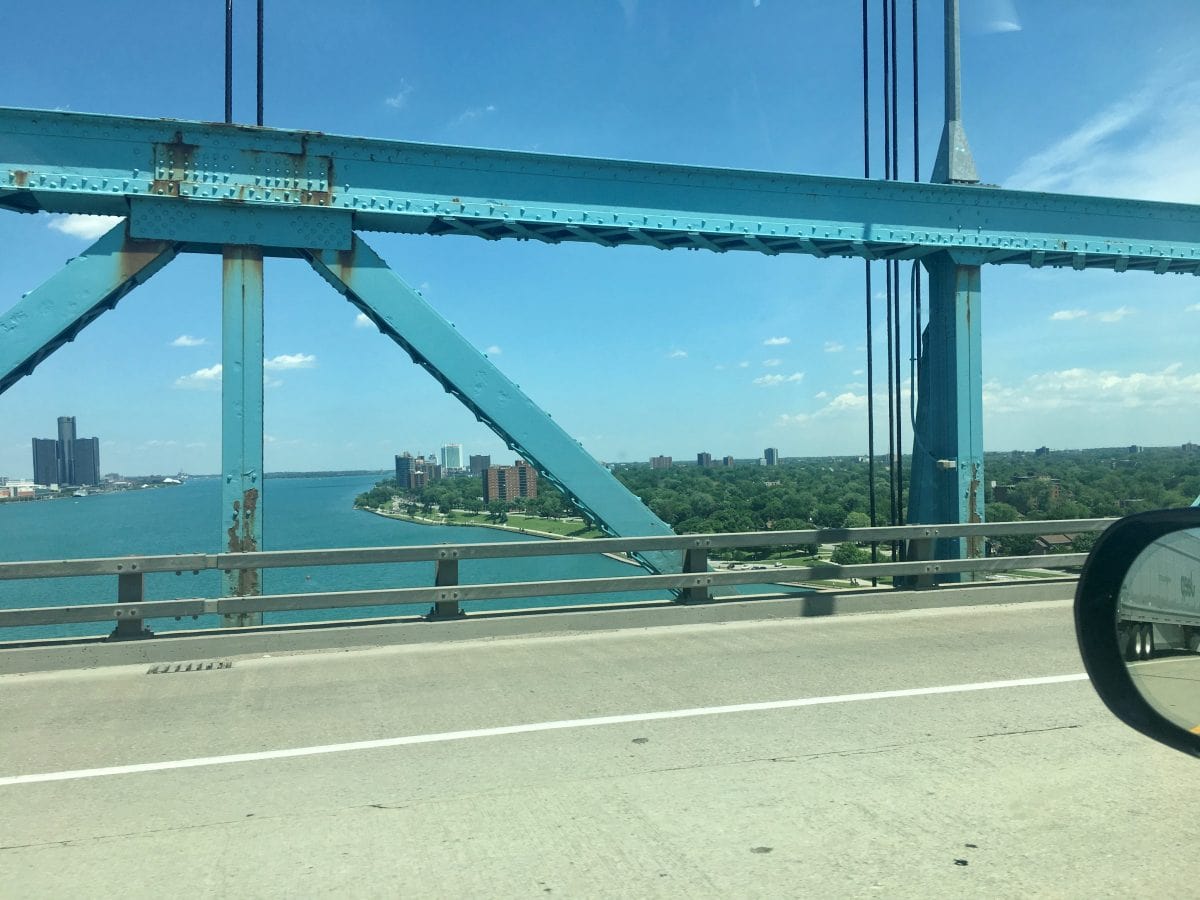
Entering Canada
Citizenship and identification are required for entry into Canada as well as return into the United States. Canadian law requires that all persons entering Canada carry both proof of citizenship and proof of identity. A valid U.S. passport, passport card, or NEXUS card meets the requirements for U.S. citizens.
Children under 16 need also need proof of U.S. citizenship if you are planning a trip to Canada. If you are traveling with a minor who is not your own child or whom you do not have legal custody, such as a friend or niece or nephew, you must have a notarized letter of consent from the minor’s parents. This new rule applies to school trips, sports trips, and all border crossings where the minor is not in your legal custody. Visit the CBSA website for more information.
Insider Tip: For tourist visits to Canada of less than 180 days, U.S. citizens do not need visas. The U.S. Department of State provides the most up to date information.
In addition to proof of citizenship, when entering Canada, you may be asked what you are bringing into the country, and asked to declare food items, as well as live animals. If you are considering bringing a pet with you, review the pet policy ahead of time and what paperwork may be required.
Read More: International Travel Checklist Tips
Currency
The currency in Canadian is different. Use this opportunity to teach the family how different countries use different currencies. While the currency is also called Dollars (Canadian Dollars), the exchange rate is not 1 to 1 with the U.S. Dollar. You may want to review the currency exchange rates ahead of time before you take your trip to Canada.
In Canada, they have $1 and $2 coins. For $5 and above, Canadian money follows the same denominations to U.S. Dollars, but the Canadian version has a rainbow of colors. Further, in Canada, there are no pennies. Cash purchases are rounded to the nearest nickel (credit cards are charged the exact amount).
Consider downloading a currency exchange app prior to travel to help you with converting the prices. $1 Canadian coins are called Loonies (for the loon bird pictured on them), $2 Canadian coins are called Toonies. Also, credit cards are an option in many places. Check with your credit card provider before you travel for any additional fees when traveling outside the U.S. When using a U.S. credit card, you may be asked by the merchant if you want to pay in U.S. Dollars or Canadian Dollars.
When booking a hotel or place to stay, be sure you understand if the price listed is in Canadian Dollars or US Dollars. This will reduce any surprises in your bill, if you didn’t realize the currency and exchange rate at the time of booking.
Driving in Canada
When driving in Canada, review the speed limits, distances and units of length. The speed limit and distances are listed in kilometers. While many areas display the speed limit in both kilometers and miles, be sure to watch your traveling speed, as you may be used to reading your car’s dashboard numbers in miles per hour.
The speed limit is lower in Canada than most United States counties. To quickly estimate kilometers to miles, multiply by 0.6. So, one kilometer is approximately .6 miles. Conversely, one mile is about 1.6 kilometers. That means, if the speed limit posted in kilometers is 55 km/h, that is about 34 miles per hour.
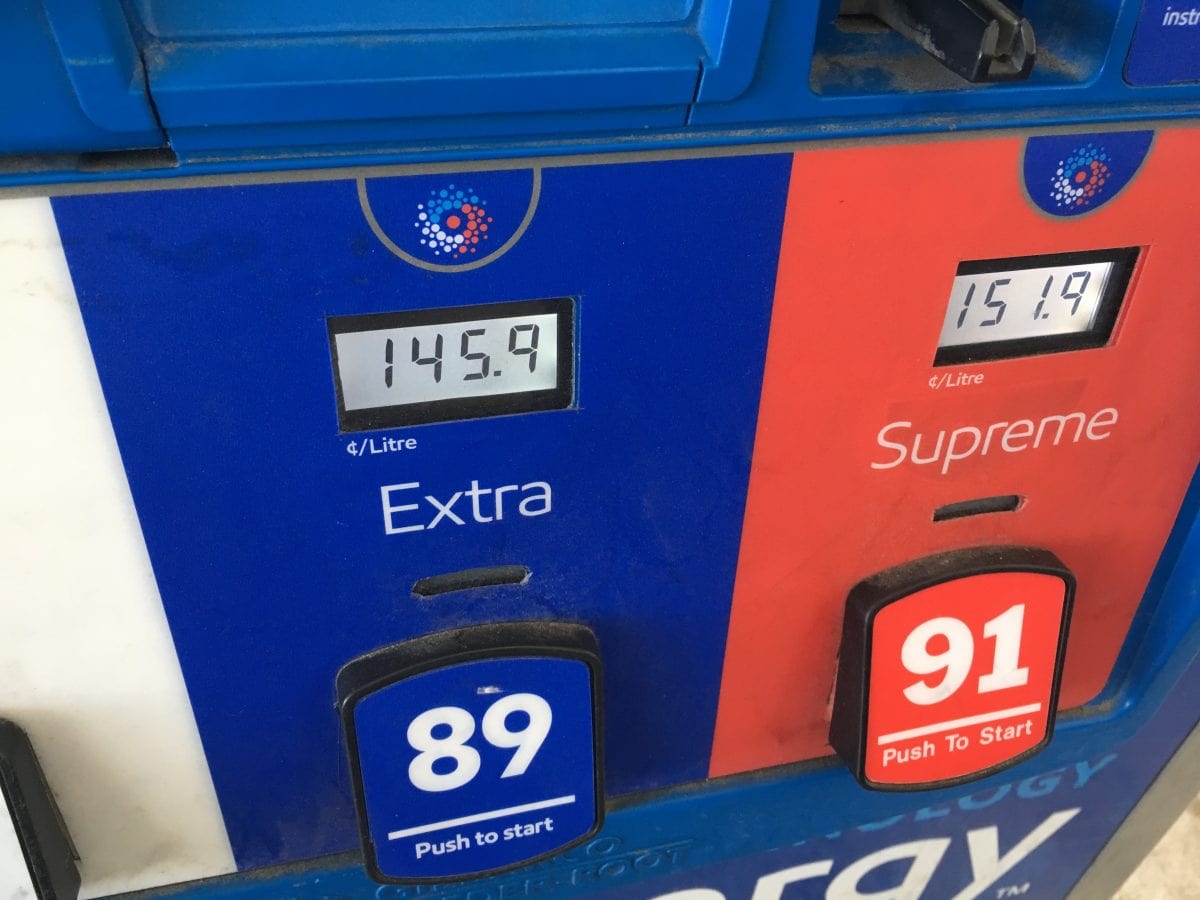
Gas and Fuel
Canada uses liters for gasoline and fuel, not gallons. When filling up the gas tank of your car or the rental car, you may be asked to prepay. Be prepared, in advance, to be asked how many liters or how much to pay in units of liters and Canadian dollars.
This is a great math lesson for kids to learn (and adults!) if you need gas during your trip to Canada. Try to calculate U.S. Dollars to CA Dollars, then try converting gallons to liters to estimate how much you need to prepay for gas. Alternatively, you can download a conversion app for your Smartphone, such as Unit Convertor and Measurement.
There are not as many gas stations as in the United States. If you are near low fuel, be sure to fill up sooner than later.
Temperature is in Celsius
If the morning forecast is 25 degrees, you may feel like you must reach for a parka, but it’s Celsius. And in Celsius, that converts to about 77 degrees Fahrenheit or shorts weather. Keep this in mind when planning your trip to Canada and what you’ll need to pack so you are not caught by surprise on what the weather will be like.
Tip: For a ballpark conversion, double the temperature in Celsius and add 30.
Language
Canada has two official languages: English and French. The grocery store or local coffee shop may have packaged goods with bilingual labels. This is quite interesting, because, most of the time, you don’t see that in the states. Unless you are shopping at specialty stores, be prepared to see the labels a bit more fuller on your trip to Canada and their grocery stores!
Read More: Best Travel Apps for Tourists
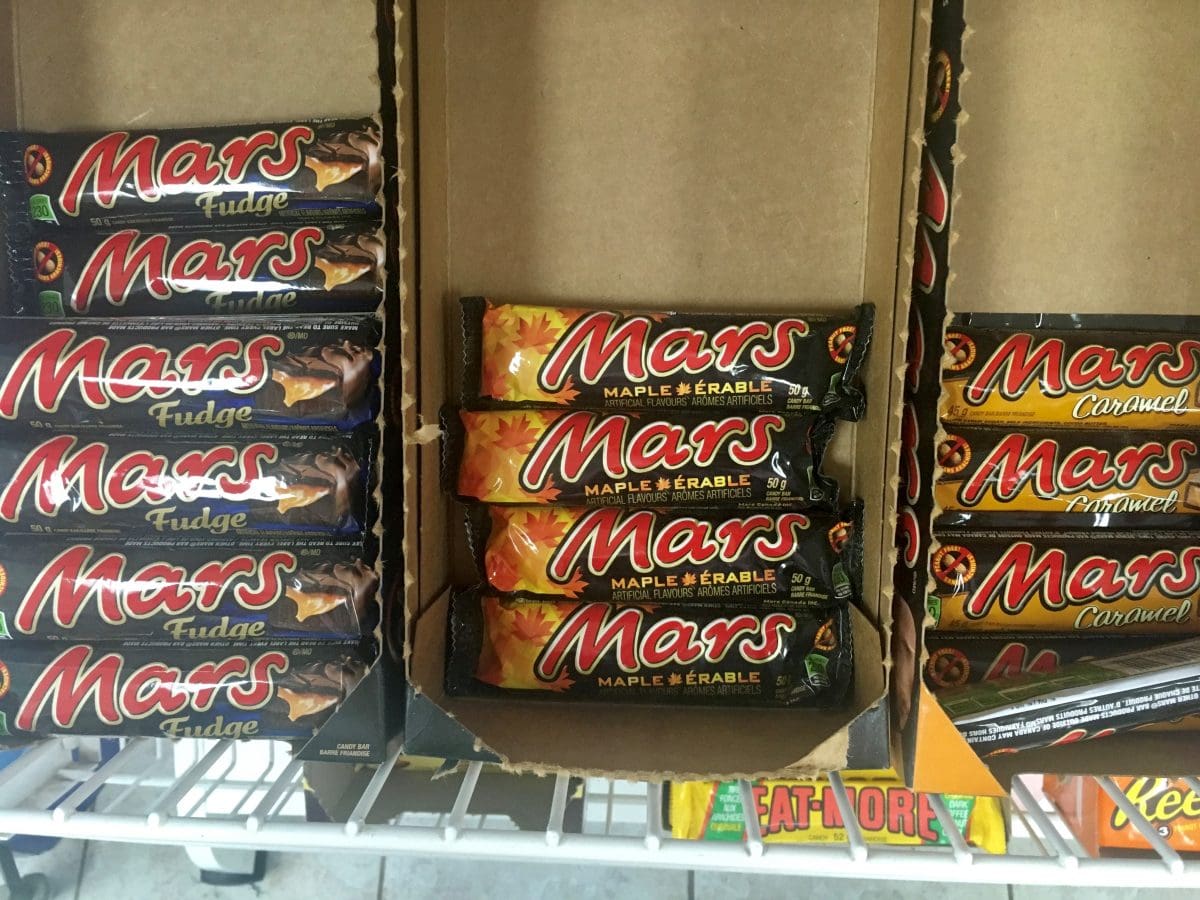
Foods to try
Introducing the family to new foods can be a learning experience, for these sweet and salty tastes not readily available in the United States. First on your list should be stopping at a Tim Hortons. This coffee and donut shop is located throughout Canada, with several locations and often conveniently located off highway exits. Try these new items:
- A Double-Double is a coffee with two creams (never milk) and two sugars
- Timbits are doughnut holes in a variety of flavors.
- A Maple Doughnut is a local favorite in Canada.
After your donuts and coffee, you may want to venture into a local salty favorite during your trip to Canada. The national dish of Canada, Poutine to be exact. Available at most local restaurants, this French-Canadian meal features three ingredients: Fries, Cheese Curds, and Gravy.
Don’t miss out on trying some Canadian chocolate bars, which have a European flair; some even have a maple flavor. If you still have room for something sweet, try their Chocolate Milk as well. Finally, if you need something sweet for breakfast to take home for gifts or souvenirs after your trip to Canada, Maple Syrup is the country’s staple. In fact, Canada produces 85 percent of the world’s maple syrup.
If you are bringing back any packaged foods, you may want to check with the United States Department of Agriculture to confirm the items are approved to enter the United States, from Canada. Some packaged meats and cheeses, fruits, vegetables, may not be allowed.
Read More: International Travel with Kids

Bring a Map for the Family
Teaching the family how to locate Canada on the map is the perfect time to study a bit of geography. Use this trip to Canada to share a little map lesson on the way in and out of Canada and a lesson to learn about using maps and the GPS (Never Eat Soggy Waffles).
Holidays
When planning your trip to Canada, consider that Canadian holidays may be a little different than the United States. The start of the summer season is marked by Victoria Day (Patriotes Day in Quebec), the third Monday in May. Canada Day is July 1st each year. Canada Day is a day of celebration, where many festivities are held across the country. Some places, such as banks, grocery stores and shopping malls may be closed or have reduced hours.
Halloween is a huge tradition in Canada. It is estimated that 68 percent of Canadians celebrate Halloween. Thanksgiving is also celebrated in Canada but recognized in October. It has similarities with the United States holiday but more tied to harvest traditions. Keep this in mind if you are planning your trip to Canada during the holiday seasons; there will be so much more to experience and enjoy.
There is a named public holiday almost every month. You can find the list of national holidays at the Visit Canada site.
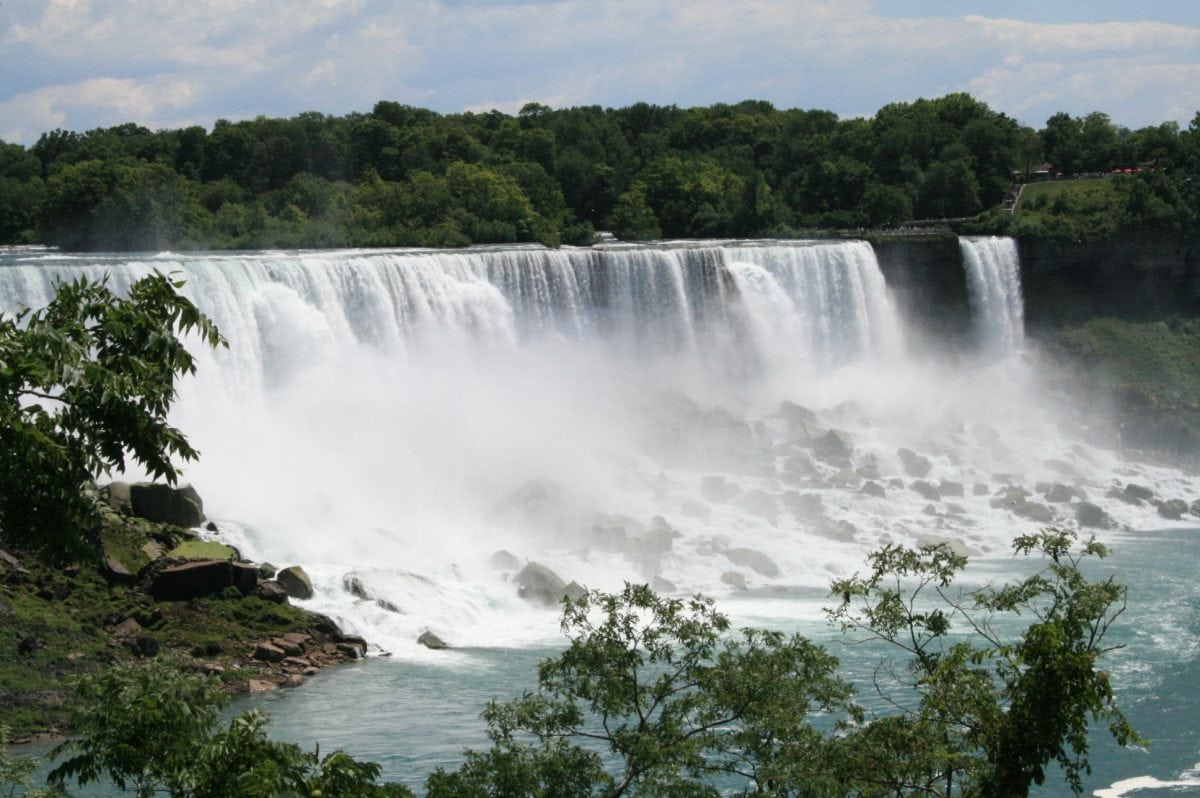
Read More: Unforgettable Experiences in Vancouver
Immigration Back into the US
When returning back into the United States, you may be asked a series of questions. Those questions may include:
- What Was the Purpose of Your Trip?
- How Long Did You Stay?
- Where Did You Stay?
- What Did You Purchase?
- Do You Have Anything to Declare?
In conclusion, a trip to Canada can be an exciting cultural and learning experience for you and your family. Being introduced to new currency, traffic signs, and foods are some of the many simple things you will experience.
WANT TO READ MORE?
Check out 11 Cool Things To Do In Toronto in Winter so bundle up and have some fun!
ENJOYED THIS? CONNECT WITH US ON SOCIAL MEDIA
• Newsletter: Every Avenue Travel delivered to you
• Facebook: @EveryAvenueTravel
• Instagram: @TravelEveryAvenue
💖WANT TO TRAVEL MORE?💖
Subscribe to receive trip ideas and inspiration right into your inbox once a week!
📌LOVE IT? PIN IT 📌
